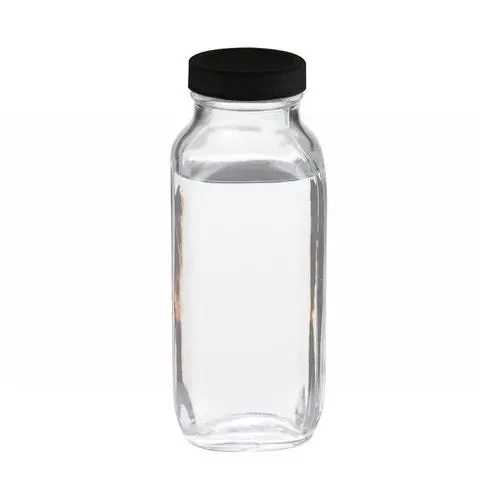The Role of Optical Brighteners in Plastics
Optical brighteners, also known as fluorescent whitening agents (FWAs), play a crucial role in enhancing the appearance and quality of plastic products. These chemical additives absorb ultraviolet (UV) light and emit visible blue light, effectively counteracting any yellowish tint that may be present in plastics. The result is a brighter, cleaner, and more visually appealing end product. As industries increasingly look for ways to improve their materials, understanding the benefits and applications of optical brighteners in plastics becomes essential.
Understanding Optical Brighteners
Optical brighteners are organic compounds that fluoresce under UV light. They are commonly used in various applications, including textiles, papers, detergents, and, importantly, plastics. The main mechanism of action involves the absorption of UV light—typically in the 300–400 nanometer range—and the re-emission of light in the visible spectrum, primarily around 440 nanometers. This emitted light provides a bluish tint that counteracts any yellowing, resulting in a whiter and brighter appearance.
Applications in Plastics
In the plastic industry, optical brighteners are primarily added to polymers during the manufacturing process. Their application can be found in a wide range of plastic products, including packaging materials, household items, automotive components, and consumer electronics. For instance, in the production of clear plastics such as polycarbonate and acrylic, optical brighteners can significantly enhance transparency and colorfastness, which are critical qualities in applications that require aesthetic appeal.
In packaging, optical brighteners improve the visual quality of containers, wrappers, and labels. This enhancement is particularly important in the food industry, where the appearance of packaging can influence consumer perceptions. Products that shine and appear fresh can attract buyers, leading to higher sales and marketability. In addition, optical brighteners contribute to the overall brightness and clarity of printed designs on packaging materials, further elevating their aesthetic value.
Benefits of Using Optical Brighteners
1. Enhanced Aesthetics The primary benefit of optical brighteners is the improved brightness and clarity they provide to plastics. This is essential for products where appearance matters, such as in consumer goods and packaging.
optical brightener for plastic

2. Color Stability Optical brighteners help in stabilizing colors over time, reducing the likelihood of yellowing that can occur due to exposure to UV light and other environmental factors. This property is especially beneficial for outdoor products that are subjected to sunlight.
3. Cost-Effectiveness By enhancing the appearance of lower-quality resins, optical brighteners can be a cost-effective solution for manufacturers looking to produce visually appealing products without switching to more expensive materials.
4. Versatility These additives can be used in various types of plastics, including both rigid and flexible substrates. This versatility allows manufacturers across different sectors to incorporate them into their processes.
Considerations and Challenges
While optical brighteners offer numerous advantages, there are considerations and challenges associated with their use. Some consumers may be sensitive or allergic to certain chemical additives, prompting manufacturers to seek non-toxic alternatives. Additionally, the potential for optical brighteners to migrate from plastics into food products has raised health concerns, necessitating thorough testing and regulatory compliance.
Furthermore, the specific selection of optical brighteners must align with the end-use requirements of the product. Factors such as thermal stability, compatibility with other additives, and the intended application need to be evaluated to ensure optimal performance.
Conclusion
Optical brighteners have revolutionized the plastics industry by providing a simple yet effective solution to enhance the visual appeal of a wide range of products. As demands for high-quality, attractive materials continue to grow, the role of optical brighteners is likely to expand. Manufacturers must navigate the balance between aesthetics and safety, ensuring that their products meet both consumer expectations and regulatory standards. With ongoing advancements in chemistry and materials science, the future of optical brighteners in plastics holds great promise for innovation and improvement in product quality.

